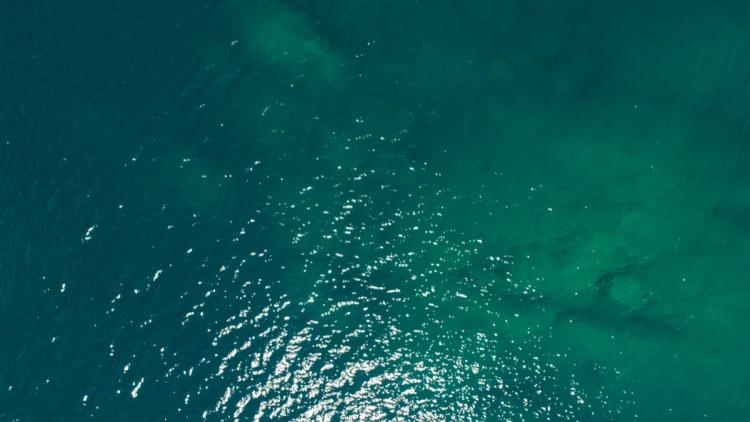Researchers have observed, between 2003 and 2022, a change in the color of the oceans linked to the shifting distribution of phytoplankton, a direct consequence of global warming.
The blue planet is no longer quite so blue. According to a study published on Wednesday, June 19, in the journal Science, the color of the oceans has evolved over the past twenty years. This change is a sign of the effects of climate disruption.
Indeed, marine hues are becoming greener in the northern regions and bluer at the equator, a direct result of changes in phytoplankton concentration — a microorganism vital to marine life.
To reach this conclusion, researchers analyzed data from a NASA observation satellite collected between 2003 and 2022.
The analysis reveals a global phenomenon: tropical and subtropical zones are losing chlorophyll, while polar regions, particularly in the northern hemisphere, are seeing an increase in concentration.
A Visible Marker of Warming
« High latitude regions are greening, while those near the equator are losing chlorophyll, » summarizes Haipeng Zhao, the study’s lead author. These changes, correlated with rising sea surface temperatures, reflect a major disruption of marine ecosystems.
The consequences could be significant. Phytoplankton plays a key role in the carbon cycle. By absorbing CO₂ during photosynthesis and transporting it to the ocean floor when they die, these organisms help regulate the global climate.
Fisheries in many Pacific countries, which depend on this resource at the base of the marine food chain, could be affected.
Source: cnews




